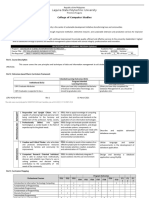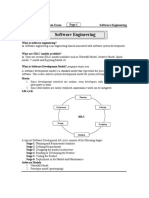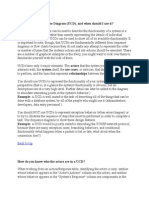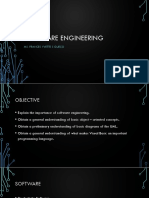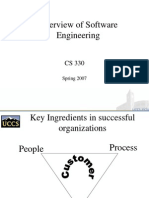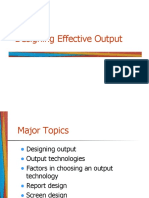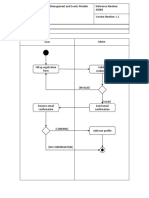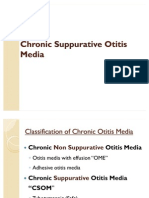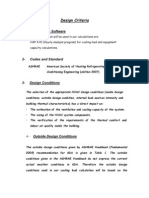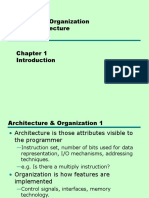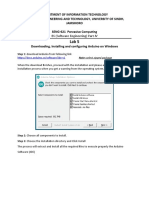100% found this document useful (3 votes)
5K views85 pagesSDLC
The Systems Development Life Cycle (SDLC) is a process for planning, creating, testing, and deploying an information system. It includes requirements gathering, design, implementation, testing, installation, and maintenance. The goal is to deliver a high-quality system that meets business needs, is delivered on time and on budget, and is flexible and maintainable. There are various names used for the phases of the SDLC by different authors, but the overall activities are the same.
Uploaded by
api-27124815Copyright
© Attribution Non-Commercial (BY-NC)
We take content rights seriously. If you suspect this is your content, claim it here.
Available Formats
Download as PPT, PDF, TXT or read online on Scribd
100% found this document useful (3 votes)
5K views85 pagesSDLC
The Systems Development Life Cycle (SDLC) is a process for planning, creating, testing, and deploying an information system. It includes requirements gathering, design, implementation, testing, installation, and maintenance. The goal is to deliver a high-quality system that meets business needs, is delivered on time and on budget, and is flexible and maintainable. There are various names used for the phases of the SDLC by different authors, but the overall activities are the same.
Uploaded by
api-27124815Copyright
© Attribution Non-Commercial (BY-NC)
We take content rights seriously. If you suspect this is your content, claim it here.
Available Formats
Download as PPT, PDF, TXT or read online on Scribd
/ 85
















